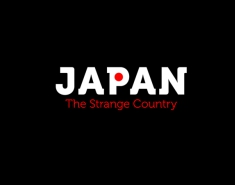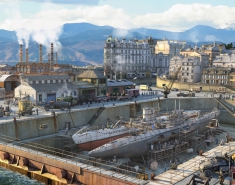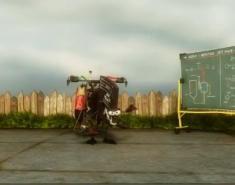"Patron Schiller“ - a Short Film by the Friedrich Schiller University of Jena
The Friedrich Schiller University of Jena (Germany) commissioned the making of a short film that told the story of the Schiller monuments in Jena in an understandable, visually appealing and interesting way.In addition to the comprehensive research required for this project, the combination of real video, photo imagery and 3D elements also posed a challenge. This film brings the figures Schiller and Goethe to life and illustrates the close ties that connected Friedrich Schiller, Johann Wolfgang von Goethe, the university and the city of Jena.The film is being shown in Schiller's summer house in Jena, which is now a museum, and highlights how important this summer house was for Schiller, where he composed works such as Wallenstein, and how following generations have maintained his creative domain.This project was created over a single year by a core of three persons in cooperation with several scientists from the Friedrich Schiller University of Jena and various artists.
"The challenge that this project presented was to use moving pictures to illustrate a time in which no moving pictures existed. This is why we turned to animation and used an animated look, which gave the film a visual feeling resembling the copper etchings of those times", explains Jarno Müller from grafiker.org.
"Creating the Schiller animations would have been nearly impossible without CINEMA 4D. Even when we were animating using hi-res objects and textures, CINEMA 4D remained absolutely stable and didn't crash. Not other application in our production pipeline provides this degree of crash-free workflow", adds Stefan Richter.
The curve editor helped greatly in the creation of the extensive camera movements and the turning of the pages. Complete control, precise timing and a clear overview of elements made a very efficient workflow possible. Finally, the excellent connectivity between CINEMA 4D and After Effects really helped to achieve the desired goal.
The result is a film which, despite its informative intent and nature, captures the viewer's attention and fascinates the viewer with its terrific integration of Schiller's summer house and Jena. The film's showing in the summer house also makes itself noticeable in the number of visitors it receives. Many visitors leave with a deeper insight.









 Japan - The Strange Country
Japan - The Strange Country
 그랜다이져~~~
그랜다이져~~~









